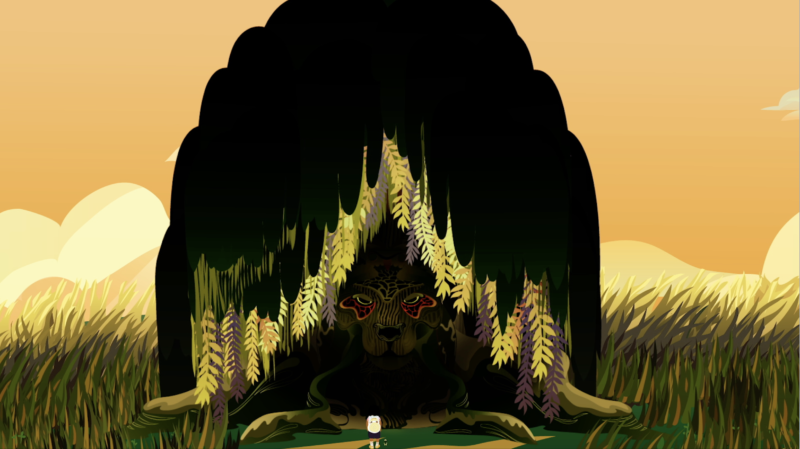Editor’s Note: Behind the Lens is a digital video series featuring bold California indie filmmakers pushing the boundaries of their craft. Each episode captures the personal experiences that inform a filmmaker’s work and the risks they take to bring stories to the screen.
Pamela Chavez was very comfortable in the role of “illustrator and animator.” And as she worked on her first animated film, Caracol Cruzando, a 16-minute short about a young Costa Rican girl emigrating to the United States, she grew into the role of writer as well.
But directing, she remembers, that part was hard. “I hadn’t done anything of this magnitude before,” she says of the four-year-long project. The evolution from illustrator to director, Chavez says, “has been the biggest, with the biggest reward.”
Caracol Cruzando translates memories of her own childhood into a magical story of migration and resilience. As Chavez assembled a team of talented animators, sound designers and story editors, it was important to her to have diverse, often marginalized perspectives represented behind the scenes—not just in the story she wanted to tell.
Chavez sat down with KQED Arts to talk about her inspirations, lessons she’s learned through filmmaking and what she hopes to see more of in the future.


